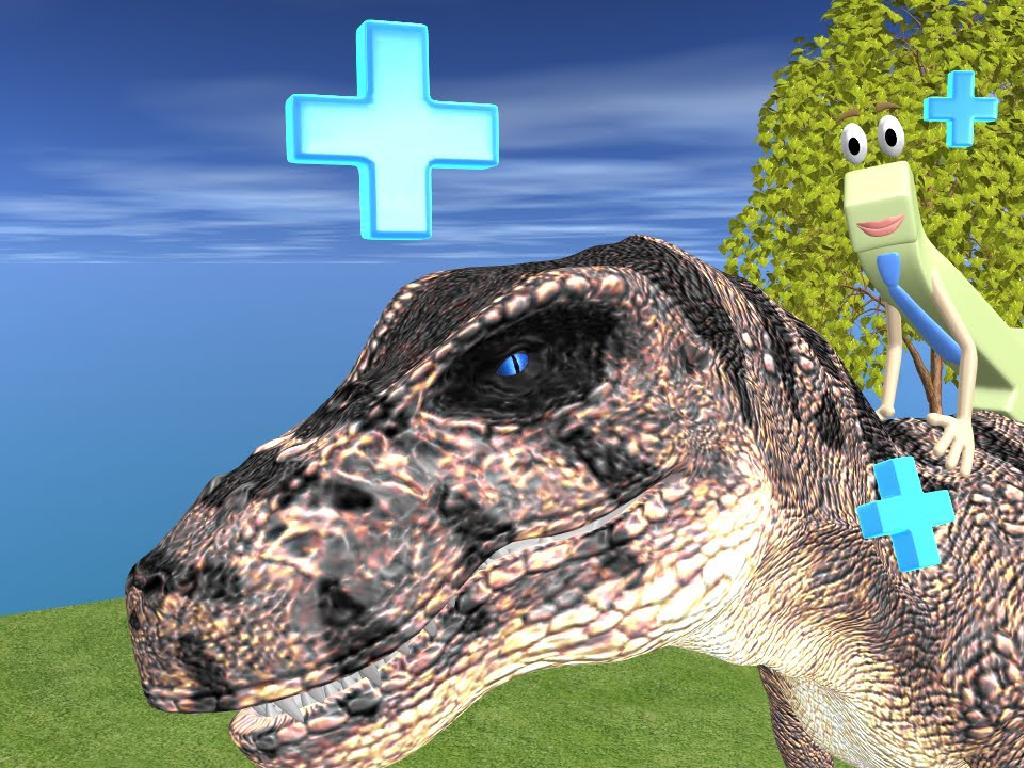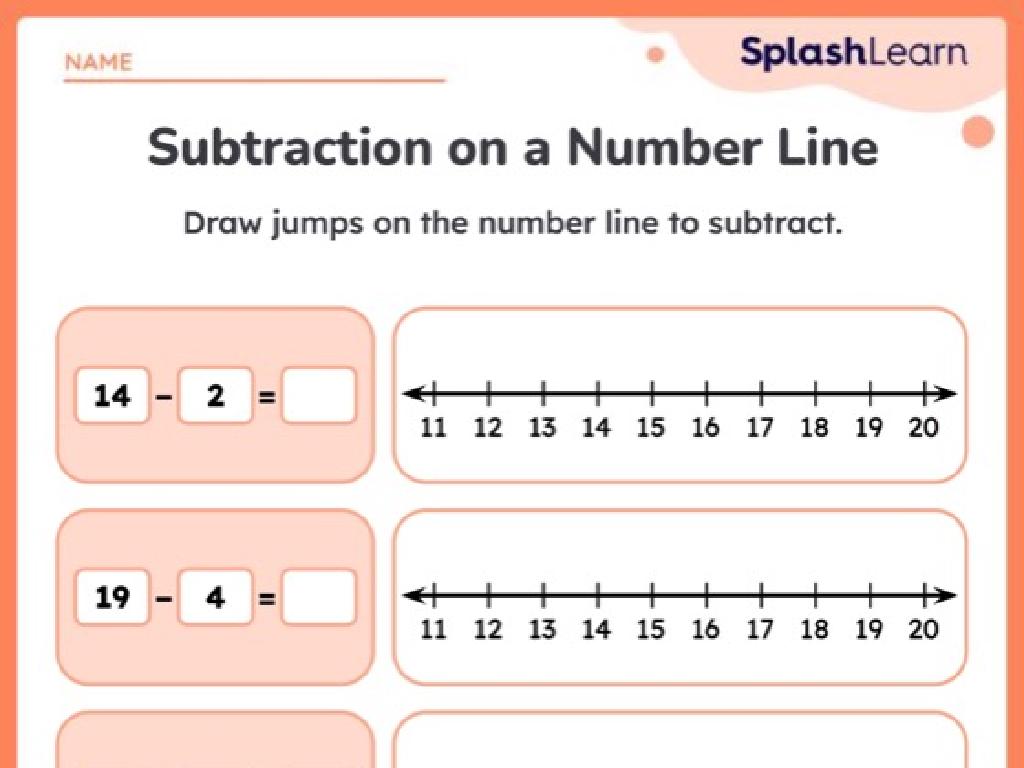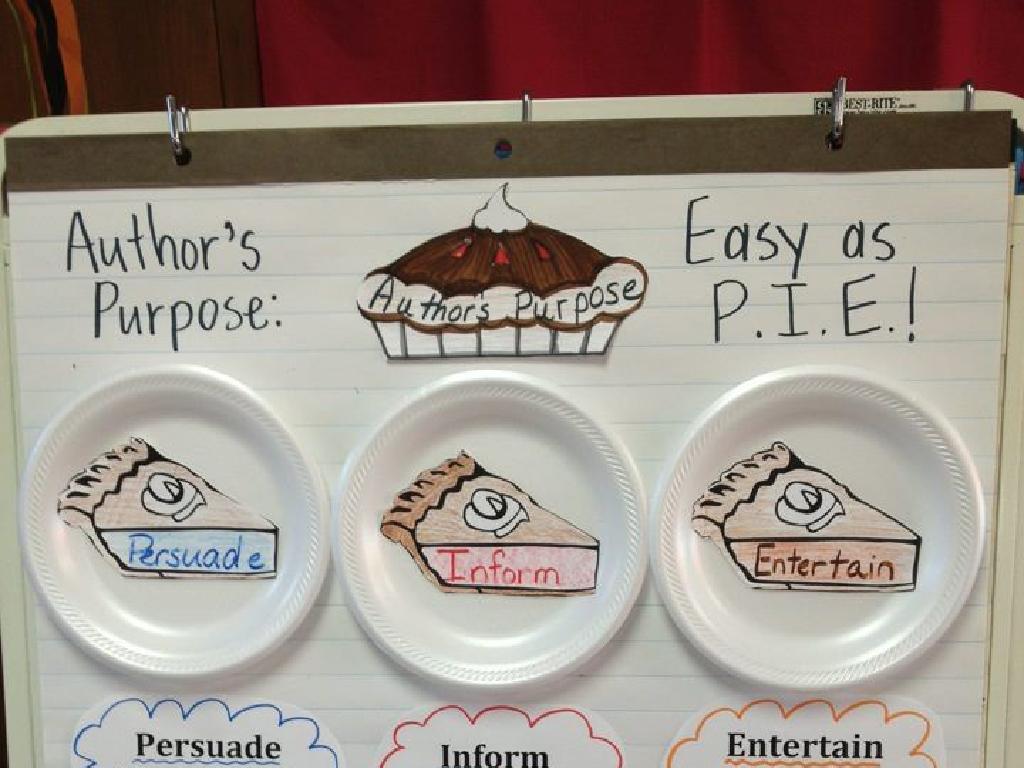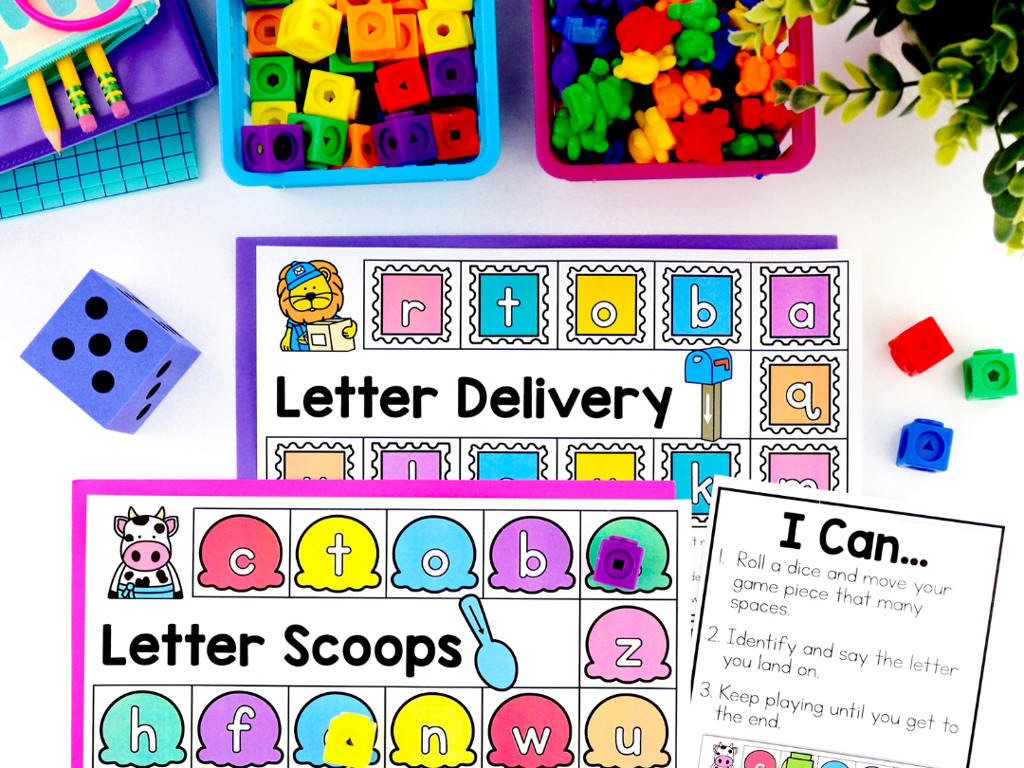Choose Customary Units Of Distance, Mass, And Volume
Subject: Science
Grade: Sixth grade
Topic: Units And Measurement
Please LOG IN to download the presentation. Access is available to registered users only.
View More Content
Welcome to Units and Measurement!
– Understanding measurement units
– Units are standards for expressing and comparing quantities.
– Importance of accurate measurement
– Accurate measurements are crucial in everyday tasks and scientific experiments.
– Exploring distance, mass, volume
– Distance (inches, feet), mass (ounces, pounds), volume (cups, gallons).
– Applying units in real life
– Use appropriate units for recipes, travel, and science projects.
|
This slide introduces the concept of measurement units and their significance in various aspects of daily life and science. Start by explaining that units provide a way to express quantities in a standard form, making it possible to compare and communicate measurements effectively. Emphasize the importance of accuracy in measurement for activities like cooking, purchasing materials, or conducting experiments. Provide an overview of the customary units for distance (inches, feet, yards, miles), mass (ounces, pounds), and volume (teaspoons, tablespoons, cups, pints, quarts, gallons), and discuss how to choose the appropriate unit based on the context. Engage students with examples and encourage them to think of situations where they have used or encountered these units.
Customary Units of Distance
– Understanding inches, feet, yards, miles
– Smallest to largest: inch, foot, yard, mile
– When to use each distance unit
– Use inches for small objects, miles for long distances
– Comparing pencil length and school distance
– A pencil is measured in inches, while school distance in miles
– Practice with real-world measurements
|
This slide aims to familiarize students with the customary units of distance commonly used in the United States. Start by explaining each unit from smallest to largest, giving visual examples for better understanding. Discuss appropriate situations for using each unit, such as using inches for small items like a pencil and miles for longer distances like the route to school. Engage the class with examples they can relate to and encourage them to think of other examples where different units of distance would be appropriate. Conclude with an activity where students measure various items or distances around the classroom or their homes and decide on the most suitable unit of measurement.
Measuring Distance Activity
– Measure classroom objects
– Choose the right unit of measure
– Inches, feet, or yards for smaller objects; miles for distances between places
– Record measurements on worksheet
– Discuss measurement choices
– Why did you choose inches over feet for a pencil?
|
This activity is designed to give students hands-on experience with measuring objects in the classroom using customary units of distance. Provide a variety of objects for students to measure, such as pencils, books, desks, and the length of the classroom. Remind them to think about the size of the object when selecting their unit of measurement: inches for small items, feet for medium-sized items, and yards for larger distances within the classroom. For homework, they could measure something that requires miles. Students should record their measurements on a worksheet, which will be reviewed in the next class. Encourage students to explain their reasoning for choosing a particular unit of measurement, fostering critical thinking and discussion.
Customary Units of Mass: Ounces, Pounds, and Tons
– Understanding ounces, pounds, and tons
– Smallest to largest: ounces, pounds, tons
– Choosing the right unit for an object
– Use ounces for small items, pounds for everyday objects, and tons for very large items
– Textbook mass measurement
– A textbook typically weighs about 3-5 pounds
– Car mass measurement
– An average car might weigh around 2-3 tons
|
This slide introduces students to the customary units of mass commonly used in the United States. Start by explaining the relative sizes of ounces, pounds, and tons, and how they are used to measure different types of objects based on their weight. Provide guidance on when to use each unit: ounces for lightweight items like a slice of bread, pounds for more substantial items like a textbook, and tons for very heavy objects like cars. Use the examples of a textbook and a car to give students a tangible understanding of these units in real-world contexts. Encourage students to think of other examples and to estimate the weights of various objects in the classroom.
Weighing Mass: Hands-On Activity
– Use the classroom scale for weighing
– Make an estimate before measuring
– Guess the mass of items to compare later
– Discuss appropriate units
– Why use grams for a feather but kilograms for a textbook?
– Reflect on the activity
– Think about what was learned from the estimates and the actual measurements
|
This activity is designed to give students practical experience with measuring mass. Provide a variety of items for students to weigh, ensuring a range that includes very light and heavier objects. Before using the scale, have students make educated guesses about the mass of each item to engage their estimation skills. After weighing, lead a discussion on why certain units (grams, kilograms) are more suitable for different items, reinforcing the concept of scale and relevance. Encourage students to reflect on their estimates versus the actual measurements to understand the importance of accurate measuring in science.
Customary Units of Volume
– Cups, Pints, Quarts, Gallons
– Common units for measuring liquids in the U.S.
– Grasping liquid volume
– Volume measures how much space a liquid takes up
– Comparing volumes: Bottle vs. Pool
– A water bottle may be measured in ounces or liters, while a pool in gallons
– Practical measurement activities
– Use measuring cups to gauge different volumes in a hands-on activity
|
This slide introduces students to the customary units of volume used in the United States, including cups, pints, quarts, and gallons. It’s crucial to help students understand that volume is the amount of space that a liquid occupies. Provide relatable examples such as the volume of a water bottle compared to that of a swimming pool to illustrate the concept of volume on different scales. Encourage students to think about which unit would be most appropriate for different scenarios. As a practical application, plan a class activity where students measure out water using different sized measuring cups to get a tangible sense of volume. This will help solidify their understanding of liquid volume and the practical use of each unit of measurement.
Volume Measurement Activity
– Use measuring cups for water
– Convert units: cups to pints
– Learn how many cups are in a pint
– Complete the volume chart
– Record your measurements accurately
– Understand volume concepts
– Grasp the idea of space within containers
|
This activity is designed to provide hands-on experience with measuring volume, an important skill in science. Students will use measuring cups to measure different amounts of water, which will help them understand the concept of volume as the amount of space an object occupies. They will also practice converting between different units of volume, such as cups to pints, to enhance their understanding of customary units of measurement. The volume measurement chart will serve as a visual aid to help students record and visualize their measurements. Encourage students to discuss how the volume changes with different containers and why understanding volume is important in everyday life and in scientific contexts.
Choosing the Right Customary Unit
– Deciding the best measurement unit
– Use inches, feet, yards for small to large distances
– Practice with unit selection problems
– Example: Choose ‘miles’ for long distances like between cities
– Tips to remember customary units
– ‘The bigger the object, the bigger the unit; the smaller the object, the smaller the unit’
|
This slide aims to teach students how to choose the most appropriate customary unit for various measurements. Start by explaining that smaller objects are measured in inches, feet, or yards, while larger distances, such as those between cities, are measured in miles. Provide practice problems where students select the correct unit for given measurements. Share mnemonic devices or visual aids to help them remember the units, such as ‘A gallon of milk is heavier than a pound of cheese.’ Encourage students to think about the size of the object they’re measuring and to choose units accordingly. This will help them develop a practical understanding of when to use each unit.
Class Activity: Measurement Scavenger Hunt
– Find items to measure in class
– Choose the correct measurement unit
– Use inches, feet, or miles for distance; ounces, pounds, or tons for mass; cups, pints, quarts, or gallons for volume
– Work in teams to measure items
– Complete your measurement list
|
This interactive class activity is designed to help students apply their knowledge of customary units of measurement in a practical setting. Divide the class into small teams and provide each with a list of items to find and measure within the classroom. Encourage them to discuss and decide on the most appropriate unit of measurement for each item, whether it’s for distance (inches, feet, miles), mass (ounces, pounds, tons), or volume (cups, pints, quarts, gallons). This activity will not only reinforce their understanding of measurement units but also foster teamwork and problem-solving skills. As they work, circulate around the room to guide and assist teams as needed. After the activity, have each team present their findings and discuss any challenges they faced.
Review: Customary Units of Measurement
– Recap customary units: distance, mass, volume
– Inches, feet, yards for distance; ounces, pounds for mass; cups, pints, gallons for volume
– Importance of measurement in daily life
– Measuring ingredients for cooking, knowing the weight for postage, or gauging fuel for a trip
– Open floor for student questions
– Clarify any measurement confusions
|
This slide aims to consolidate the students’ understanding of the customary units of measurement and their application in everyday life. Begin with a quick review of the units for distance (inches, feet, yards), mass (ounces, pounds), and volume (cups, pints, gallons). Emphasize the practicality of measurement in daily activities such as cooking, mailing, or traveling. Encourage students to ask questions about any aspect of the topic they find unclear. Be prepared to offer examples and explanations to ensure that all students have a solid grasp of how to choose the appropriate unit of measurement for different scenarios.





